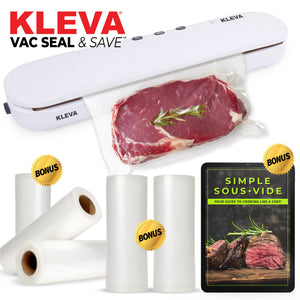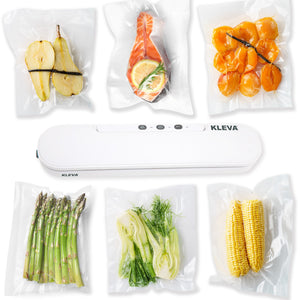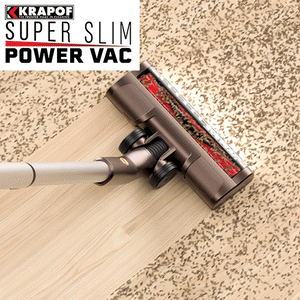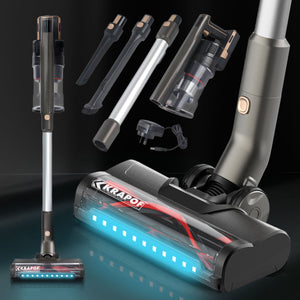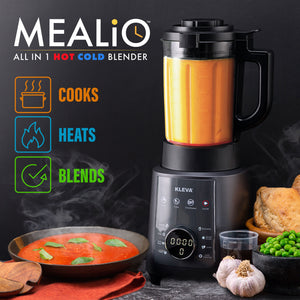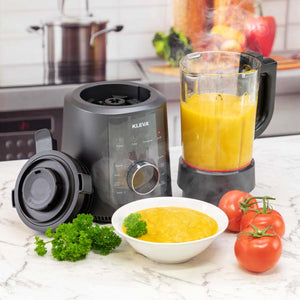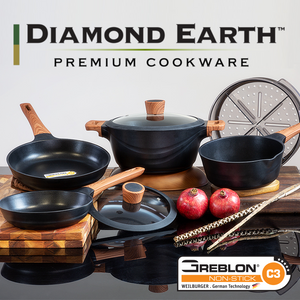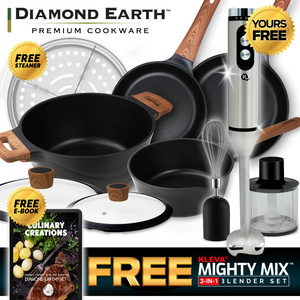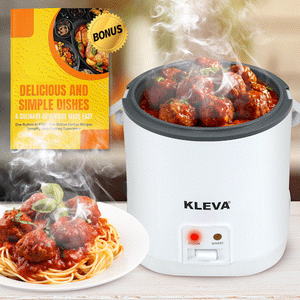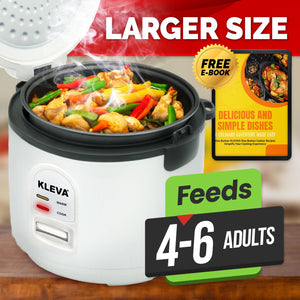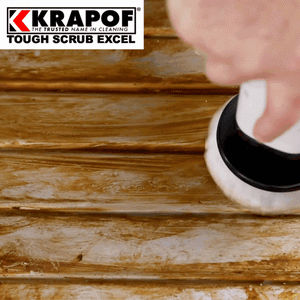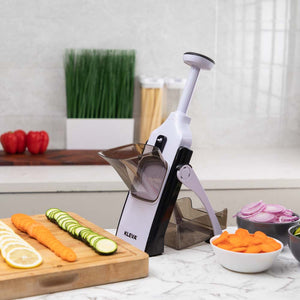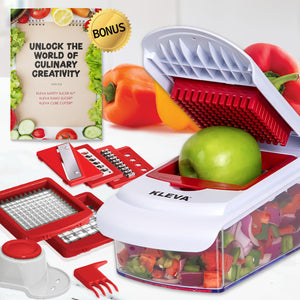A Santoku knife is a versatile kitchen knife originating from Japan. It's typically used for slicing, dicing, and chopping a variety of ingredients, making it a go-to tool for many culinary tasks.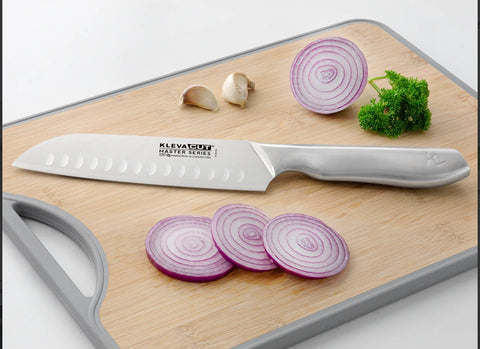
The main difference between a Santoku knife and a chef's knife lies in their design and intended use. Santoku knives typically have a shorter blade length compared to chef's knives and feature a flatter edge profile with little to no curve, which allows for a more straight up-and-down chopping motion. Chef's knives, on the other hand, usually have a longer blade with a more pronounced curve, making them well-suited for rocking motions during chopping.
Blade Shape:
Chef's Knife: Chef's knives typically have a longer, curved blade with a pointed tip. The curve allows for a rocking motion when chopping, making it efficient for tasks like mincing and dicing.
Santoku Knife: Santoku knives have a shorter, straighter blade with a flat edge profile. They lack the pronounced curve of chef's knives, which encourages a more up-and-down chopping motion.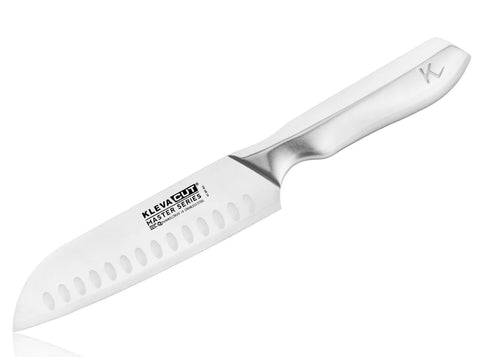
Blade Thickness:
Chef's Knife: Chef's knives often have thicker blades, which provide extra heft and stability for heavy-duty tasks like cutting through thick vegetables or meat.
Santoku Knife: Santoku knives typically have thinner blades, which are designed for precise slicing and chopping.
Tip Shape:
Chef's Knife: The tip of a chef's knife is usually pointed, which can be useful for tasks requiring detailed work, such as piercing and carving.
Santoku Knife: The tip of a Santoku knife is often more rounded or blunted compared to a chef's knife, which makes it safer and more suitable for chopping on a cutting board without accidentally piercing or scratching the surface.
Purpose:
Chef's Knife: Chef's knives are versatile workhorses in the kitchen, suitable for a wide range of tasks including slicing, dicing, chopping, and mincing.
Santoku Knife: Santoku knives excel at precise slicing and chopping tasks, particularly for vegetables, fruits, and boneless meats. They're well-suited for Asian-inspired cuisines and recipes that require meticulous knife work.
You can use a Santoku knife to cut various foods such as vegetables, fruits, meats, and fish. Its design and blade shape make it particularly suitable for precision tasks like thinly slicing vegetables or meats, making it a popular choice for preparing stir-fries, sushi, and other Asian-inspired dishes.
A Santoku knife is best for tasks that require precise slicing and chopping, such as mincing garlic, julienning vegetables, or thinly slicing meats. Its versatility and balance make it a favorite among both professional chefs and home cooks alike.
Overall, while both chef's knives and Santoku knives are essential tools in the kitchen, their differences in design and functionality make each better suited for certain tasks and cooking styles.










